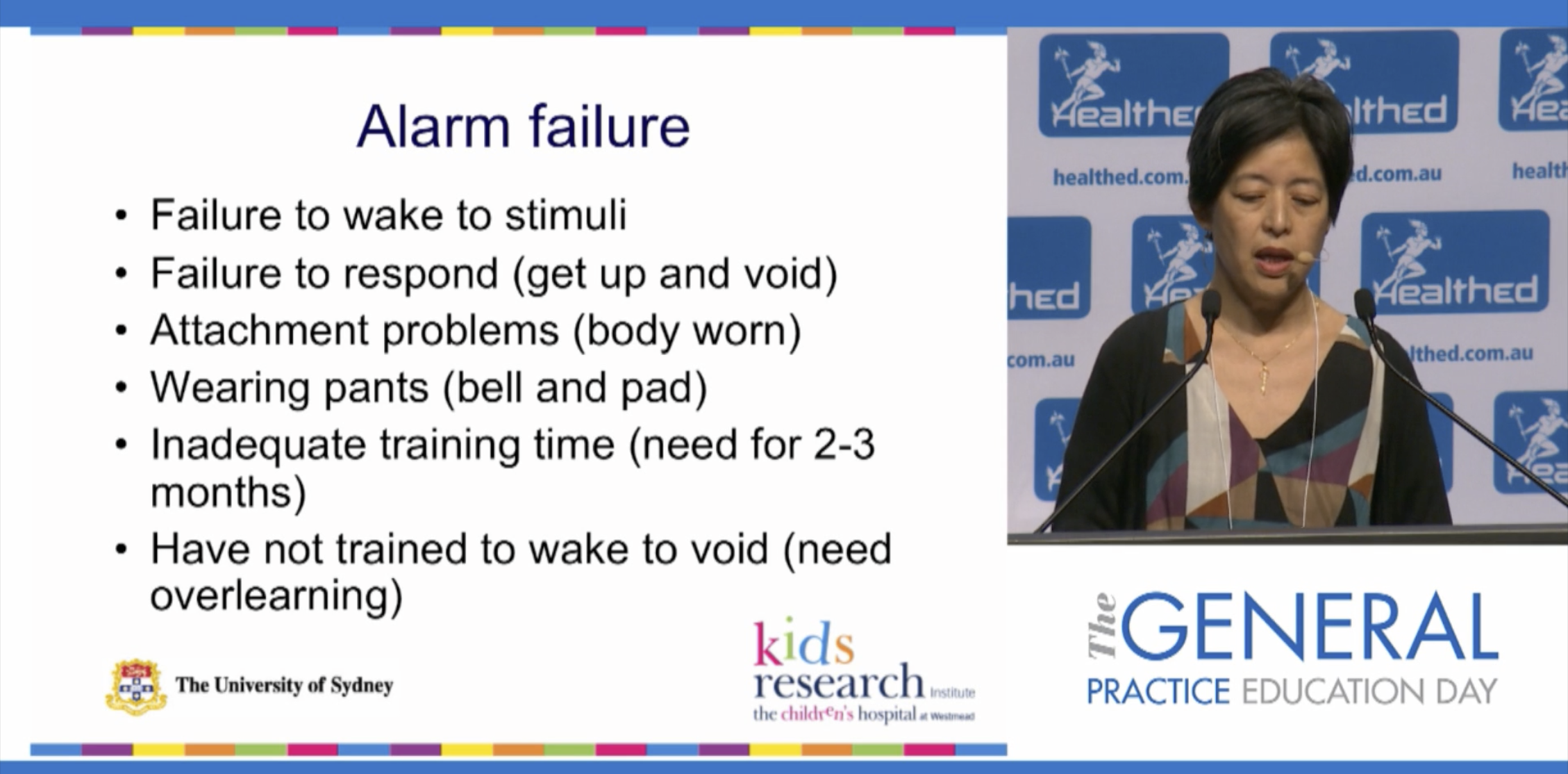Alarms are a first line therapy for bedwetting in children
Alarms are a first-line therapy for bedwetting in children.
The alarm is a wetness sensor, which can either be on the bed or worn on the body.
“Basically, it triggers when it [gets] wet and trains the child to wake up to void or to inhibit voiding if they can hold it in,” says Associate Professor Patrina Caldwell, an academic paediatrician and senior staff specialist at The Children’s Hospital in Westmead.
Two-thirds of kids become dry during treatment and about half relapse when you stop treatment, she says.
Training takes two to three months and needs a lot of parent support.
Alarms can be hired from the chemist, continence services or alarm companies or purchased online.
The brand names of common Australian alarms are Marlen, Dri-Sleeper (eclipse), Wet alert (Ferring) and Ramsey Coote.
“The quality is variable so you pay for what you get,” says Professor Caldwell. “And you need to choose one that suits the child.”
Training can fail if the alarm does not wake the child, or the child does not respond to the alarm by going to the toilet, she says.
Watch the video here: https://player.vimeo.com/video/204133816


